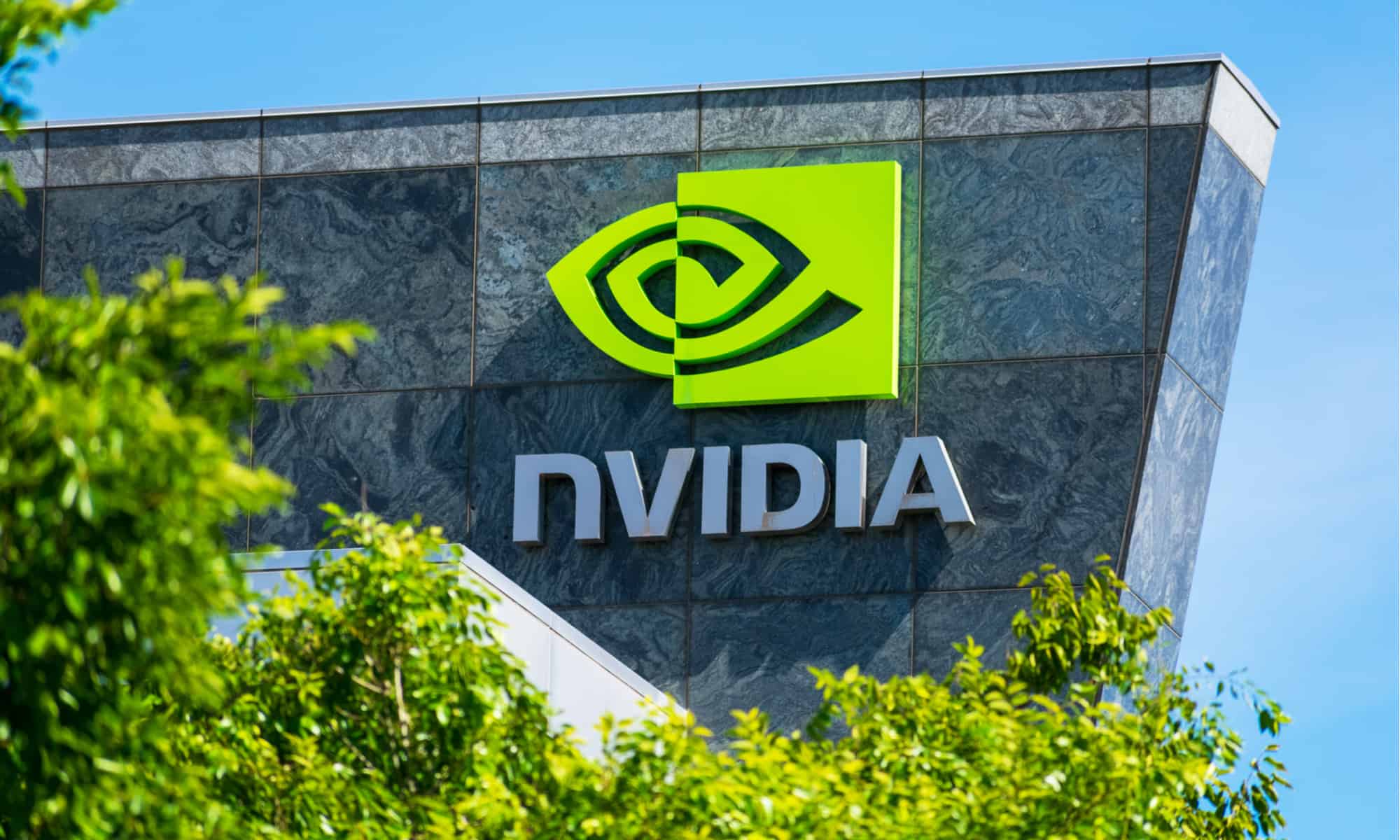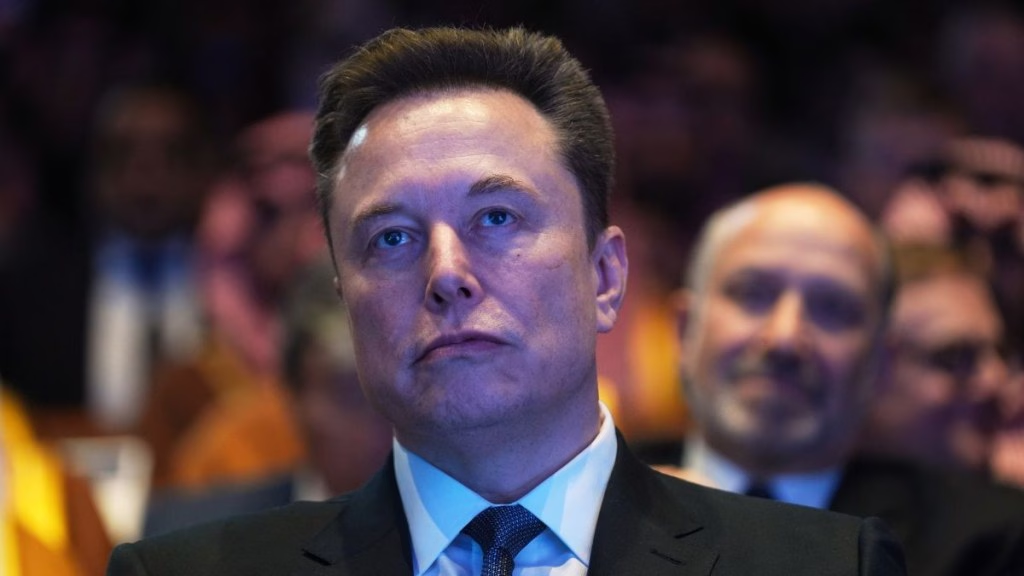Intel Corporation, once a dominant and pioneering force in the world of semiconductors, will lose its prestigious position in the Dow Jones Industrial Average after a notable 25-year tenure. This shift, announced by S&P Dow Jones Indices on Friday, marks a historic transition as Nvidia, a rapidly growing player within the semiconductor industry, takes Intel’s place. For Intel, this change represents another setback in a challenging period that has seen the company struggle to maintain its relevance and competitiveness in an evolving technology landscape.
Founded in 1968, Intel began as a memory chip manufacturer before transforming into a leader in microprocessor development. Its revolutionary processors played a key role in the development of the personal computer industry, embedding the “Intel Inside” brand into the public consciousness. By the 1990s, Intel’s components were so essential to computing that the “Intel Inside” stickers became synonymous with reliability and high performance, gracing nearly every personal computer. The company’s influence and innovation made it one of the original technology firms to be included in the blue-chip Dow Jones Industrial Average, symbolizing the transformation of technology from a niche industry to a driving force in the global economy.
In recent years, however, Intel has struggled to keep pace with a rapidly evolving semiconductor industry. The company, which once set the standard for chipmaking, has ceded its manufacturing edge to Taiwan Semiconductor Manufacturing Company (TSMC), a rival that has emerged as a dominant player in advanced chip production. Further exacerbating Intel’s struggles is its absence from the transformative generative artificial intelligence boom—a technological wave that Intel had opportunities to embrace but missed due to strategic missteps, including the decision to forgo an investment in OpenAI, the company behind ChatGPT.
The impact of these challenges has been profound on Intel’s financial performance and stock value. Intel’s shares (INTC) have suffered a sharp 54% decline this year, making it the worst-performing stock on the Dow and giving it the lowest share price on the price-weighted index. This downward trajectory is a stark contrast to the success Intel once enjoyed and highlights the company’s difficulties in adapting to new trends in computing and artificial intelligence.
In extended trading on Friday, Intel’s stock continued its decline, falling by approximately 1%. In contrast, Nvidia’s stock (NVDA) rose by 1.5%, signaling investor optimism and confidence in the company’s leadership within the AI and semiconductor sectors. Nvidia’s market ascension is nothing short of remarkable: founded as a graphics chip designer catering mainly to gamers, the company has since expanded its reach to serve as a central player in the artificial intelligence ecosystem. Nvidia’s graphics processing units (GPUs) have become indispensable for training AI models and powering applications across sectors, driving exponential growth in both its business and stock performance. Over the past two years, Nvidia’s shares have surged nearly sevenfold, a testament to the company’s strategic focus on AI and its foresight in adapting to industry trends.
The scale of Nvidia’s growth is equally impressive in 2023 alone, with its shares more than doubling as demand for AI-related technology continues to climb. Nvidia’s transformation from a niche gaming component producer to the world’s second-most valuable technology company exemplifies its successful pivot towards AI—a shift that has resonated with investors, analysts, and consumers alike. Its GPUs, once sought primarily by gamers, are now integral to complex machine learning models and high-performance computing, positioning Nvidia as a bellwether for the AI market’s health and trajectory.
Nvidia’s recent 10-for-1 stock split in June 2023 also played a strategic role in making its high-performing stock more accessible to retail investors, paving the way for its addition to the Dow. With this split, Nvidia’s shares became more affordable for a broader base of investors, amplifying interest in the stock and reinforcing its meteoric rise.
The shift from Intel to Nvidia in the Dow Jones Industrial Average reflects the evolving priorities of the tech industry and the broader market’s increasing focus on artificial intelligence. Where Intel once symbolized the rise of personal computing, Nvidia now represents the promise and potential of artificial intelligence—a sector poised to shape the future of technology across industries. The transition signifies a changing of the guard, underscoring the relentless pace of innovation in the semiconductor industry and the rewards and risks faced by companies striving to remain at its forefront.







